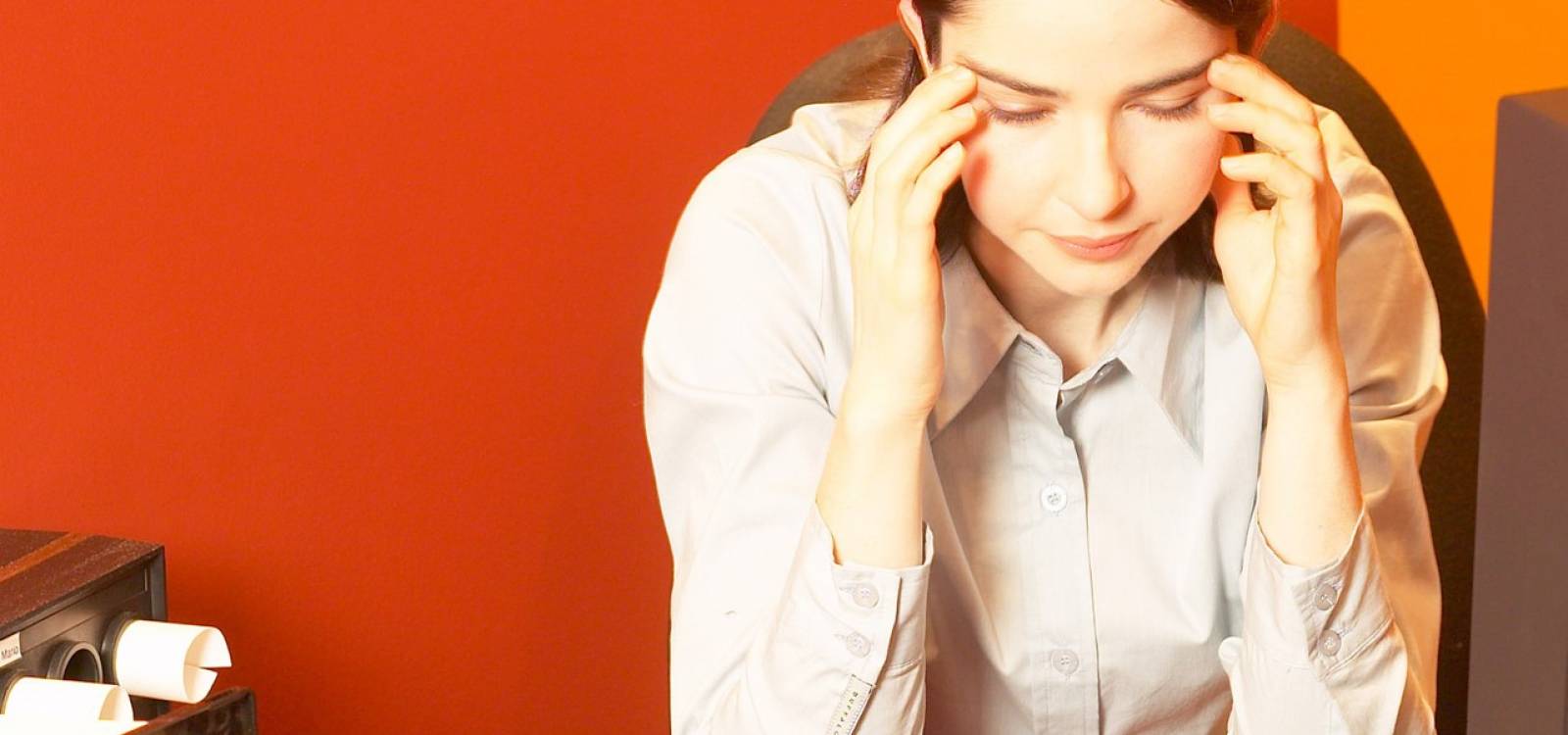A headache is classified as a pain that occurs in the head and upper neck region of the body. More than 10 million people in the UK have experienced symptoms of a headache at some time or other, making it one of the most common health complaints seen by General practitioners. Most headaches aren’t serious and can be treated with medication, physiotherapy, and lifestyle changes. But what do we really know about the science behind headaches?
Headaches have many different causes but can generally be split into two types:
- Primary headaches are a result of abnormal ties in the brain or head. These include tension headaches, cluster headaches, and migraines which are all fairly common.
- Secondary headaches are caused by a disease or medical condition. These include inflammatory disorders and injuries to the head and neck and require a careful and accurate diagnosis.
Cervicogenic Headache
This is the most common form of headache that is seen in a Physiotherapy clinic. It is classified as a secondary headache. It is characterized by pain that is referred to the head from the cervical spine (neck region). Clinical studies have shown that pain from the upper cervical joints and muscles can often refer pain into the head.
Cervicogenic Headache Facts:
- 1-2% of the general population suffer from cervicogenic headaches
- About 20% of those who have chronic headaches are diagnosed as having the cervicogenic type
- About 4 times as many women than men suffer from this type of headache
- The frequency and severity of a cervicogenic headache can vary greatly, but those who suffer from this type of headache often experience it on an almost daily basis.
- Cervicogenic headaches will often start in the neck first, whereas with migraine’s and tension-type headaches normally start in the head
- Cervicogenic headaches are also side-specific they do not fluctuate from side to side, whereas a migraine headache can
Self Help Advice for Managing your Headache
- Maintain a good sitting posture
- Avoid prolonged periods of sitting or static postures in general
- Ask your employer about having an appropriate workstation assessment
- Avoid getting overtired to the point of exhaustion
- Keep yourself well hydrated throughout the day
- Exercise regularly to stimulate the circulation of blood to the head and to maintain neuro-musculoskeletal flexibility.
- Try not to sleep on your stomach. Either sleep on your side with your head supported so that it is level with your spine, or on your back with a small pillow or rolled-up towel supporting your neck rather than your head.
We are Here to Help You
If the above self-help techniques have not relieved your symptoms then it is important you seek physiotherapy advice. All our Physiotherapists at Tracey Miles Physiotherapy are trained in the effective assessment, treatment and management of cervicogenic headaches and we will tailor each treatment session to your specific needs.










